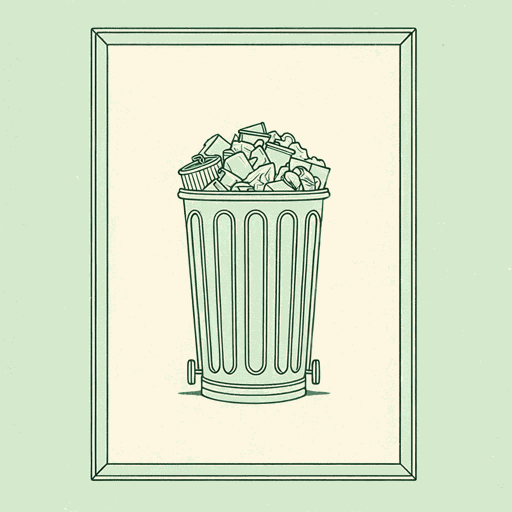38 pages • 1 hour read
Annie LeonardThe Story of Stuff: How Our Obsession with Stuff is Trashing the Planet, Our Communities, and Our Health—and a Vision for Change
Nonfiction | Book | Adult | Published in 2010A modern alternative to SparkNotes and CliffsNotes, SuperSummary offers high-quality Study Guides with detailed chapter summaries and analysis of major themes, characters, and more.
Introduction-Chapter 1Chapter Summaries & Analyses
Introduction Summary
The Story of Stuff begins with a first-person account of Leonard’s childhood in Seattle in the 1970s. While taking regular family camping trips in the North Cascades Mountains, Leonard notices that forests are getting smaller. Signs of urban sprawl like mini-malls and houses begin to replace forests. Years later, Leonard starts a degree in environmental studies at Barnard College in New York. She notices the garbage on the streets is mostly paper, recognizing it as the fate of the forests she loved as a child. Wondering where garbage goes after it’s picked up, she visits the Fresh Kills Landfill on Staten Island, which was once one of the largest landfills in the world. She begins researching waste—a project that lasts 20 years—to trace the origins of the waste system, and why it continues.
This detective project is rooted in Leonard’s methodology of systems thinking, which analyzes the connections between things. Typically, things are studied in isolation. For instance, someone is a specialist on the economy, and someone else is a specialist in ecology. Systems thinking tells us that “the economy is a subsystem of the earth’s ecosystem, its biosphere” (Introduction, Location 169), and to study the economy is also to study ecology.

